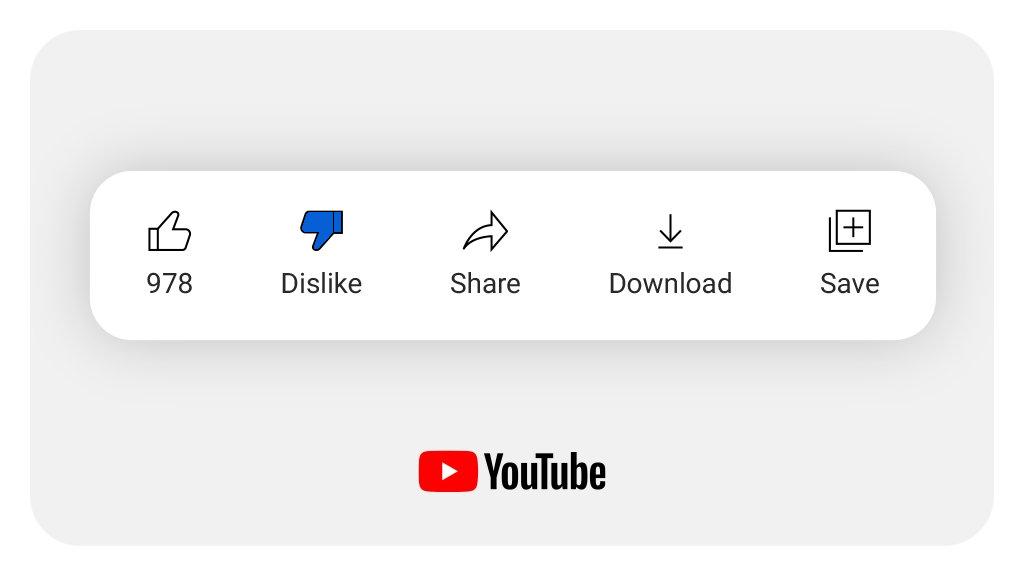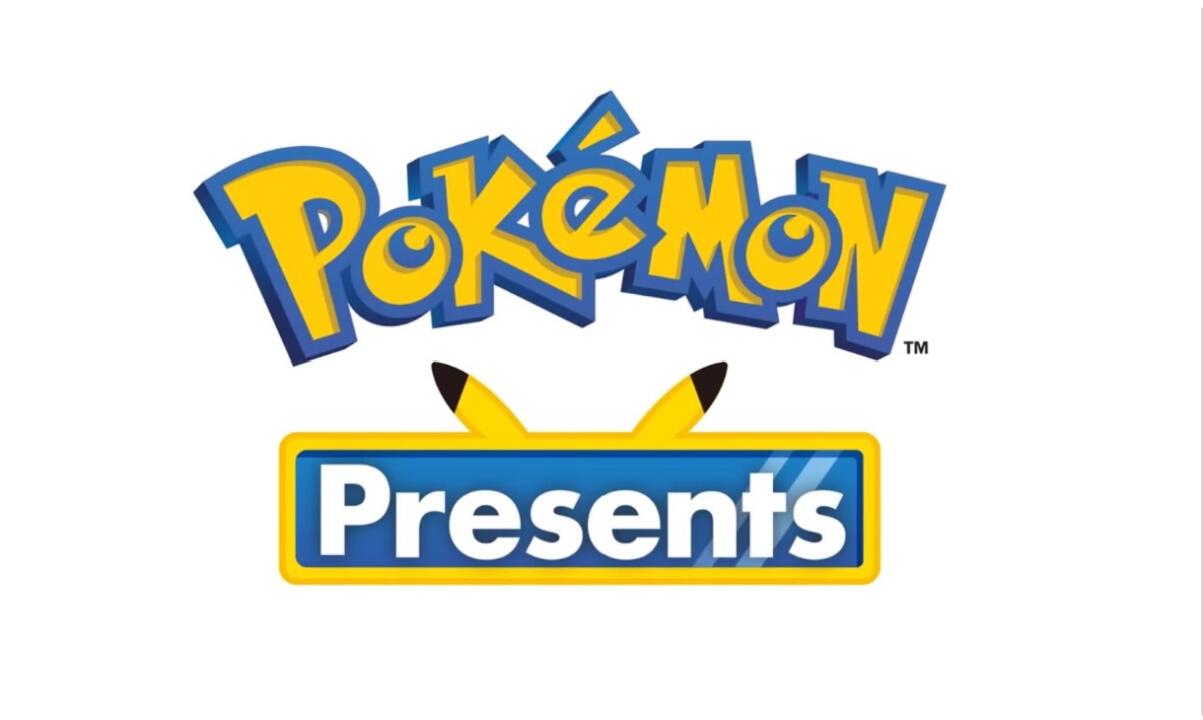YouTube announced in late March that it would be experimenting with a potential overhaul to the site’s video feedback system, whereby the number of dislikes that a video receives would be hidden from public viewers. The tweet, which garnered considerable attention from viewers and creators alike, cited creator feedback as the source for the change.
“In response to creator feedback around well-being and targeted dislike campaigns, we’re testing a few new designs that don’t show the public dislike count,” @YouTube, the video-sharing website’s account, wrote on Twitter.
Currently, the change comes as part of a small-scale experiment that will only affect a limited number of users. Viewers in the experiment will still be able to like and dislike videos, and creators will still have access to the like and dislike information via YouTube Studio. YouTube has remained adamant that the dislike button itself will remain on the site, and that potential changes will not affect its functionality or purpose.
Still, Twitter users responding to the Tweet have expressed concerns that hiding dislike information could take away from some of the button’s practical use on the site.
“How will viewers be able to know the general rating of the video and whether or not they should invest time in something?” one user asked on Twitter in response to the official announcement.
Others commented on the implications that removing dislike information would have on creator responsibility.
“If someone makes a bad clickbait video and gets the deserved negative feedback, they SHOULD feel bad about it,” another replied.
While the effectiveness of the button as a source of feedback seemed to be of some debate, Twitter users appeared united in the concern that forcibly removing dislike information would relieve users of the ability to tag dangerous or deceptive content, such as those that promote malware or gaming cheats.
“What about content that is objectively bad and harmful to people? Like scams etc.?” famous creator @Jack_Septic_Eye wrote in a tweet that garnered over twice the number of likes as YouTube’s initial announcement.
While the implementation of the change may come as a shock to many, YouTube has been looking into ways of reworking the dislike button since as early as February of 2019, with their first announcement coming just two months after the 2018 installment of their annual “YouTube Rewind” production became the most disliked video on the site. At the time, YouTube was considering a number of possible changes, including requiring users to indicate why they are disliking a video, disabling the dislike button until a certain percentage of the video has been watched or removing the dislike button altogether.
“[Removing dislikes entirely] seems not super democratic, in my opinion,” Tom Leung, the director of product management at YouTube, acknowledged in an episode of Creator Insider, YouTube’s developer update series centered on content creators. “Not all dislikes are dislike mobs. They’re just people expressing their opinion about a video.”
Another option being considered at that time was, as it so happens, removing the public dislike count across the site. At the time, Leung expressed concern.
“I don’t know, if you just suppress the dislike count but you show the like count… That one seems like tilting the scales a little bit.”
Many users appear to view YouTube’s current experiment as evidence of having ditched that initial concern. The change would push YouTube further in line with other social media sites that limit negative feedback, which some worry could obscure public opinion and, in doing so, inadvertently promote content that stands in opposition to that public opinion.
“You’re promoting bad content,” one user put bluntly.
YouTube’s decision to go forward with the change may ultimately come down to whether or not “feedback” really is the catalyst behind their announcement. Given the immediate and overwhelming opposition faced in making that announcement, it is likely fair to say that YouTube firmly understands the position of its users.
Beyond this understanding, YouTube may simply find itself attracted to the idea that its prospective sitewide change, which was met with immediate and overwhelming critical backlash, will be, on the surface, represented as an announcement that accumulated over 30,000 likes, and nothing more.


